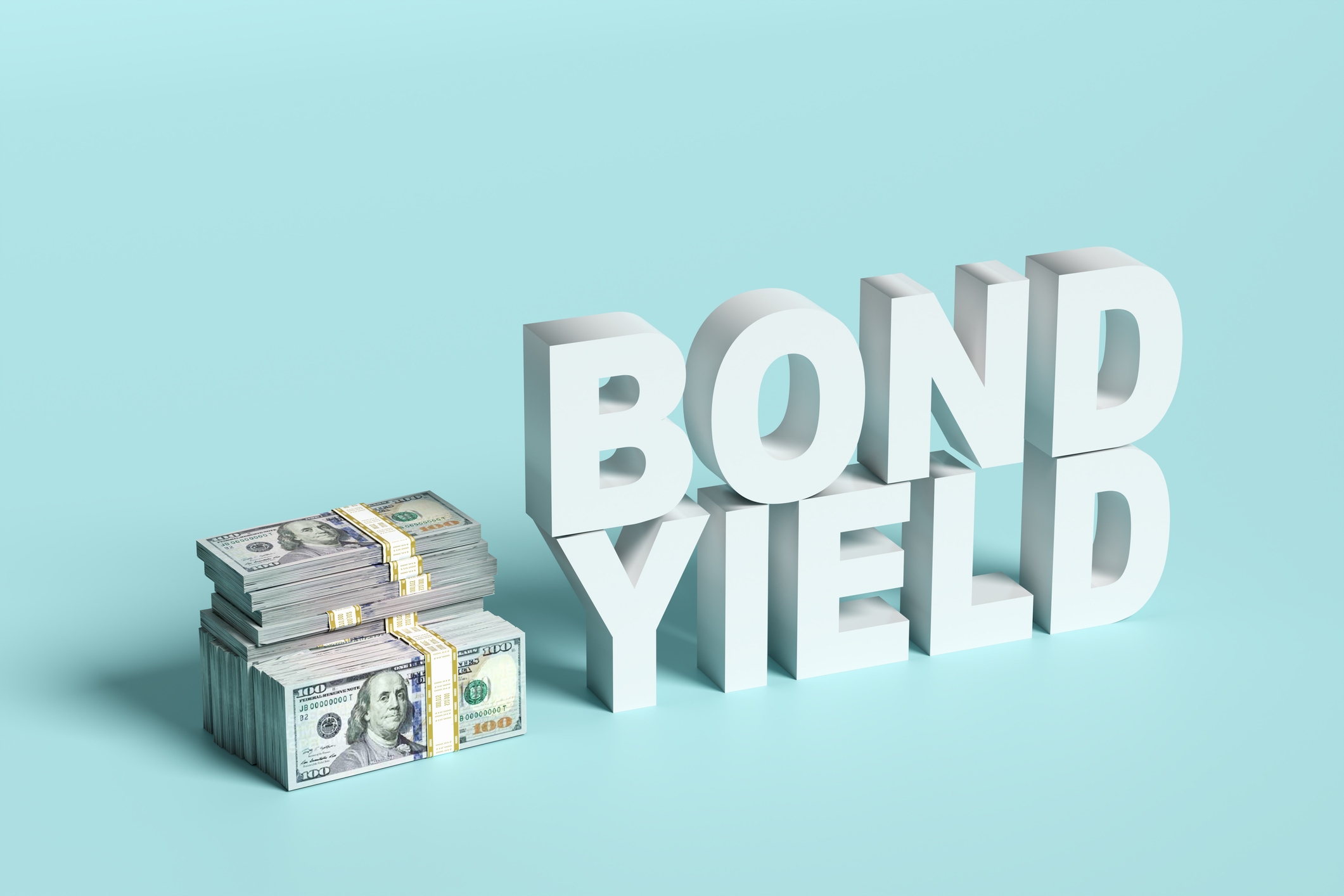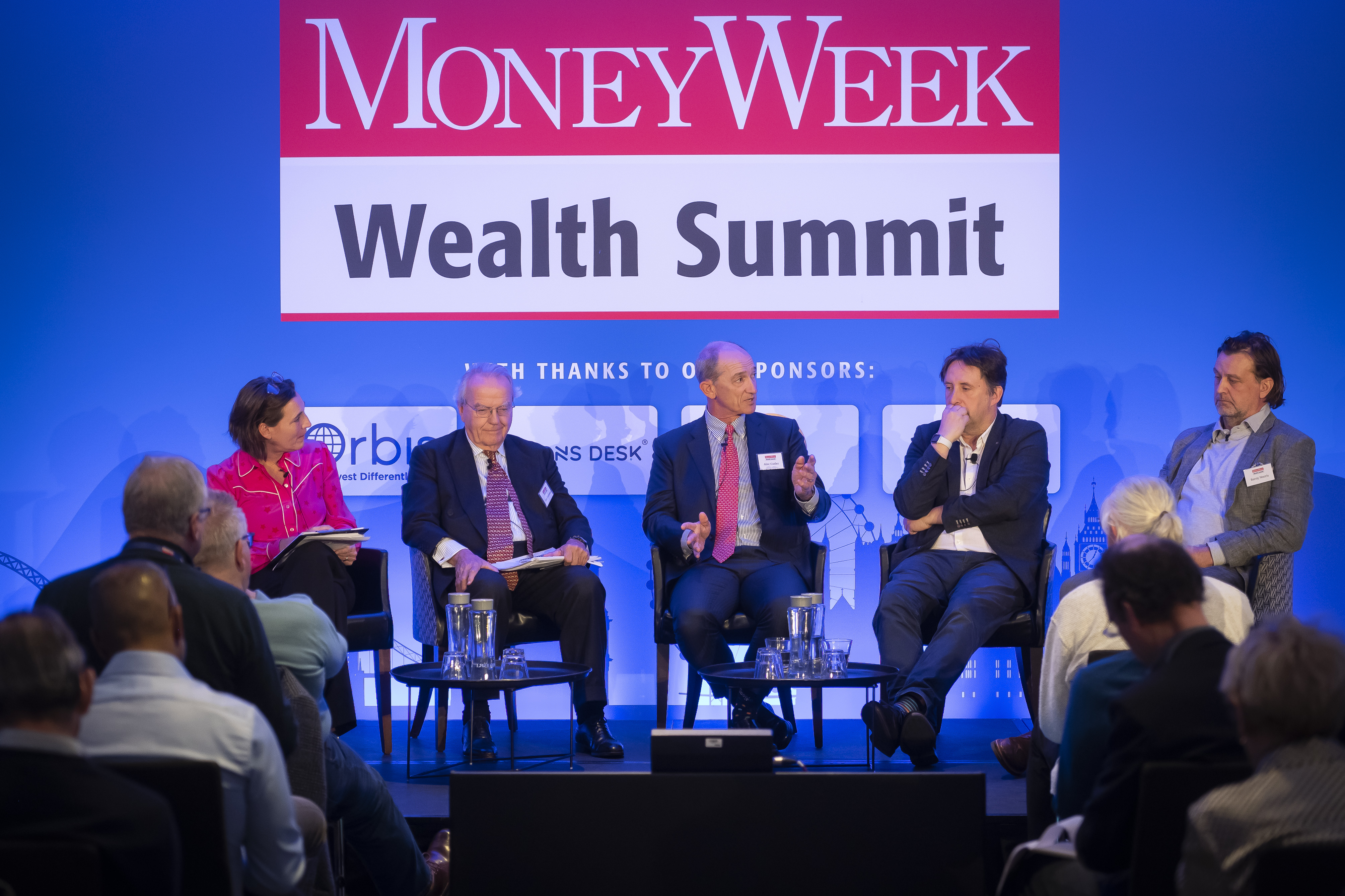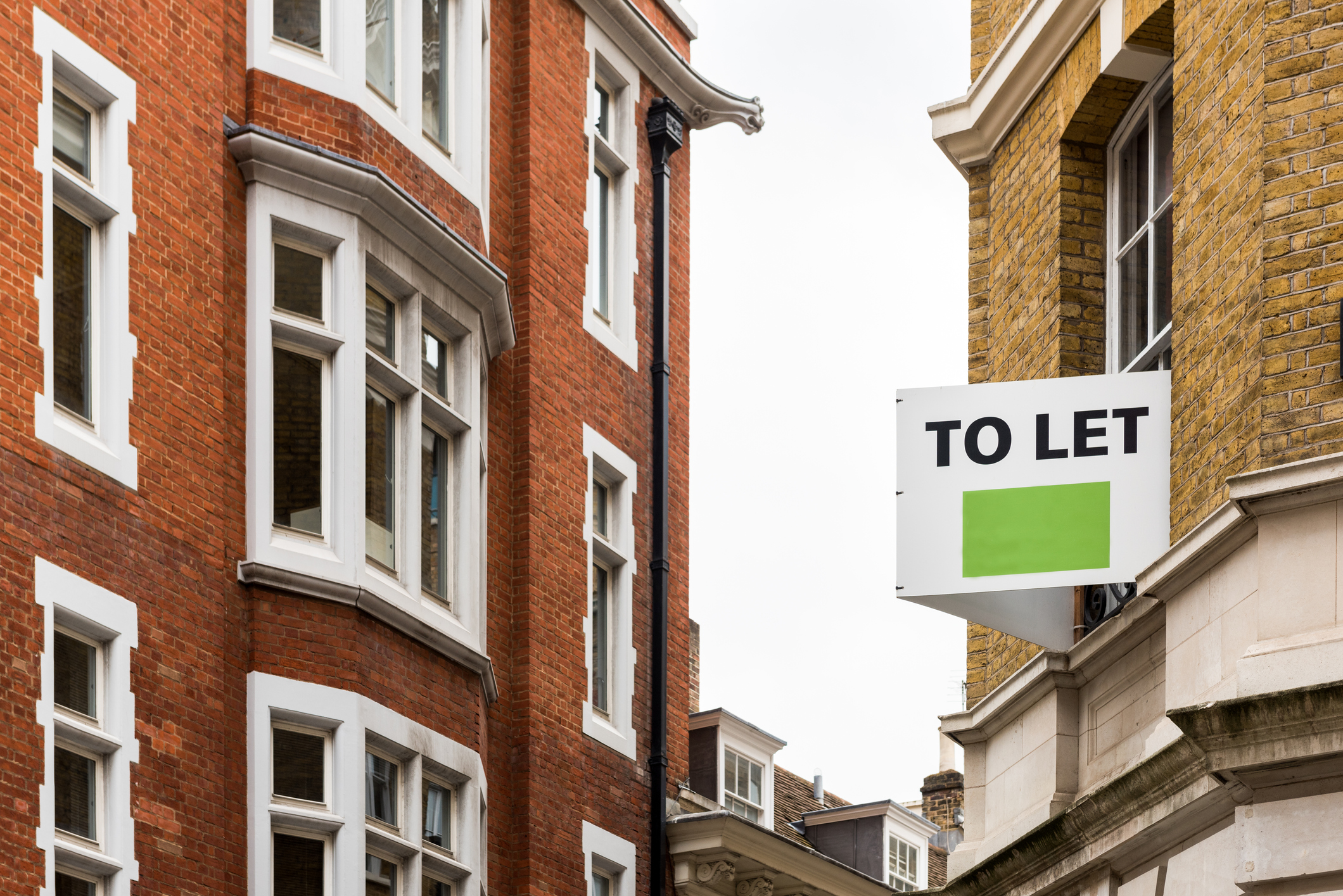Aramco’s appeal dwindles
Saudi oil behemoth Aramco has lost a fifth of its value since it peaked last December. It still looks unattractive, says Matthew Partridge

The Saudi oil giant Aramco is to slash the cost of a barrel of oil by up to $8, reports Benoit Faucon and Summer Said in The Wall Street Journal. At the same time the company is prepared to increase its output to its maximum capacity of 13 million barrels a day if needed.
The move – which comes after a “long-standing partnership” between some of the world’s largest oil producers, including Saudi Arabia and Russia, “splintered” at the end of last week – has helped send oil prices down by more than 20% to a four year low of $33 a barrel.
Aramco’s move is partially prompted by “tensions” between the Saudi government and the Russians, says the Financial Times. In particular, the Saudis complain that the Russian government has been “shirking” its share of existing supply curbs intended to compensate for the reduction in global demand prompted by the coronavirus outbreak. Some experts believe that the latest move is part of a “game of brinkmanship” intended to “lure producers back round the negotiating table”. However, another motivation is to hit US shale producers, who had indirectly benefited from the stabilised prices.
MoneyWeek
Subscribe to MoneyWeek today and get your first six magazine issues absolutely FREE

Sign up to Money Morning
Don't miss the latest investment and personal finances news, market analysis, plus money-saving tips with our free twice-daily newsletter
Don't miss the latest investment and personal finances news, market analysis, plus money-saving tips with our free twice-daily newsletter
Aramco's shares are no longer defying gravity
Whatever the reasons for the latest move, the fall in oil prices has been disastrous for Aramco’s share price, which has “largely defied gravity” since part of the company was listed on the Saudi exchange last December, says Filipe Pacheco on Bloomberg. Not only did the shares surge by 20% in the aftermath of the flotation late last year, despite a lack of demand from foreigners, but they remained above the initial price, “even as the coronavirus led to a slump in crude”. However, the latest fall means that more than $400bn of Aramco’s market value has vanished. It was worth $2trn at the peak.
In theory, Aramco’s minority shareholders are protected by “inducements such as guaranteed dividends” for five years, says Liam Denning on Bloomberg. The stock is now yielding 5%. Yet the average yield of the big five Western majors has jumped from 5.5% to 8.6% since Aramco listed. What’s more, its free cash flow, which finances the dividend, was expected to dwindle before the latest oil-price fall. There’s no guarantee that oil prices will bounce back, so the yield isn’t high enough to justify the risk.
Given that it will take at least six months for shale producers to cut back production, the price of crude oil could remain at $35 a barrel for some time, says George Hay for Breakingviews. Under this scenario, Aramco “would be worth barely half” its current $1.5trn market cap. Still, at least shareholders wouldn’t be suffering alone, since the Saudi government, which still controls virtually all Aramco’s shares, “requires an oil price of $83 a barrel to balance its budget”. The resulting deficit will make it harder for Crown Prince Mohammed bin Salman to “pursue his Vision 2030 scheme to overhaul the economy”.
Get the latest financial news, insights and expert analysis from our award-winning MoneyWeek team, to help you understand what really matters when it comes to your finances.

-
 The shape of yields to come
The shape of yields to comeCentral banks are likely to buy up short-term bonds to keep debt costs down for governments
-
 The sad decline of investment clubs – and what comes next
The sad decline of investment clubs – and what comes nextOpinion Financial regulation and rising costs are killing off investment clubs that once used to be an enjoyable hobby, says David Prosser
-
 Halifax: House price slump continues as prices slide for the sixth consecutive month
Halifax: House price slump continues as prices slide for the sixth consecutive monthUK house prices fell again in September as buyers returned, but the slowdown was not as fast as anticipated, latest Halifax data shows. Where are house prices falling the most?
-
 Rents hit a record high - but is the opportunity for buy-to-let investors still strong?
Rents hit a record high - but is the opportunity for buy-to-let investors still strong?UK rent prices have hit a record high with the average hitting over £1,200 a month says Rightmove. Are there still opportunities in buy-to-let?
-
 Pension savers turn to gold investments
Pension savers turn to gold investmentsInvestors are racing to buy gold to protect their pensions from a stock market correction and high inflation, experts say
-
 Where to find the best returns from student accommodation
Where to find the best returns from student accommodationStudent accommodation can be a lucrative investment if you know where to look.
-
 The world’s best bargain stocks
The world’s best bargain stocksSearching for bargain stocks with Alec Cutler of the Orbis Global Balanced Fund, who tells Andrew Van Sickle which sectors are being overlooked.
-
 Revealed: the cheapest cities to own a home in Britain
Revealed: the cheapest cities to own a home in BritainNew research reveals the cheapest cities to own a home, taking account of mortgage payments, utility bills and council tax
-
 UK recession: How to protect your portfolio
UK recession: How to protect your portfolioAs the UK recession is confirmed, we look at ways to protect your wealth.
-
 Buy-to-let returns fall 59% amid higher mortgage rates
Buy-to-let returns fall 59% amid higher mortgage ratesBuy-to-let returns are slumping as the cost of borrowing spirals.